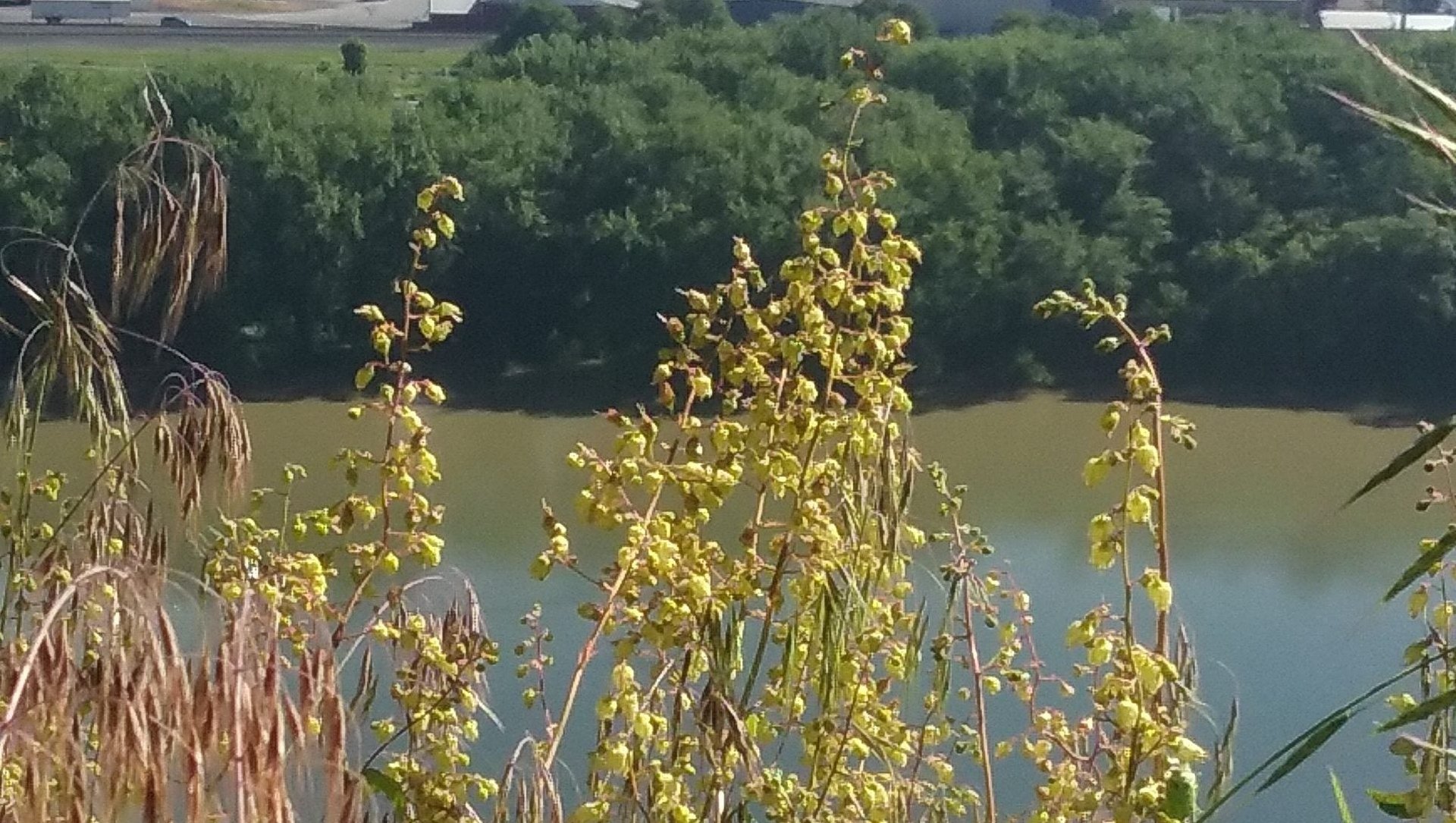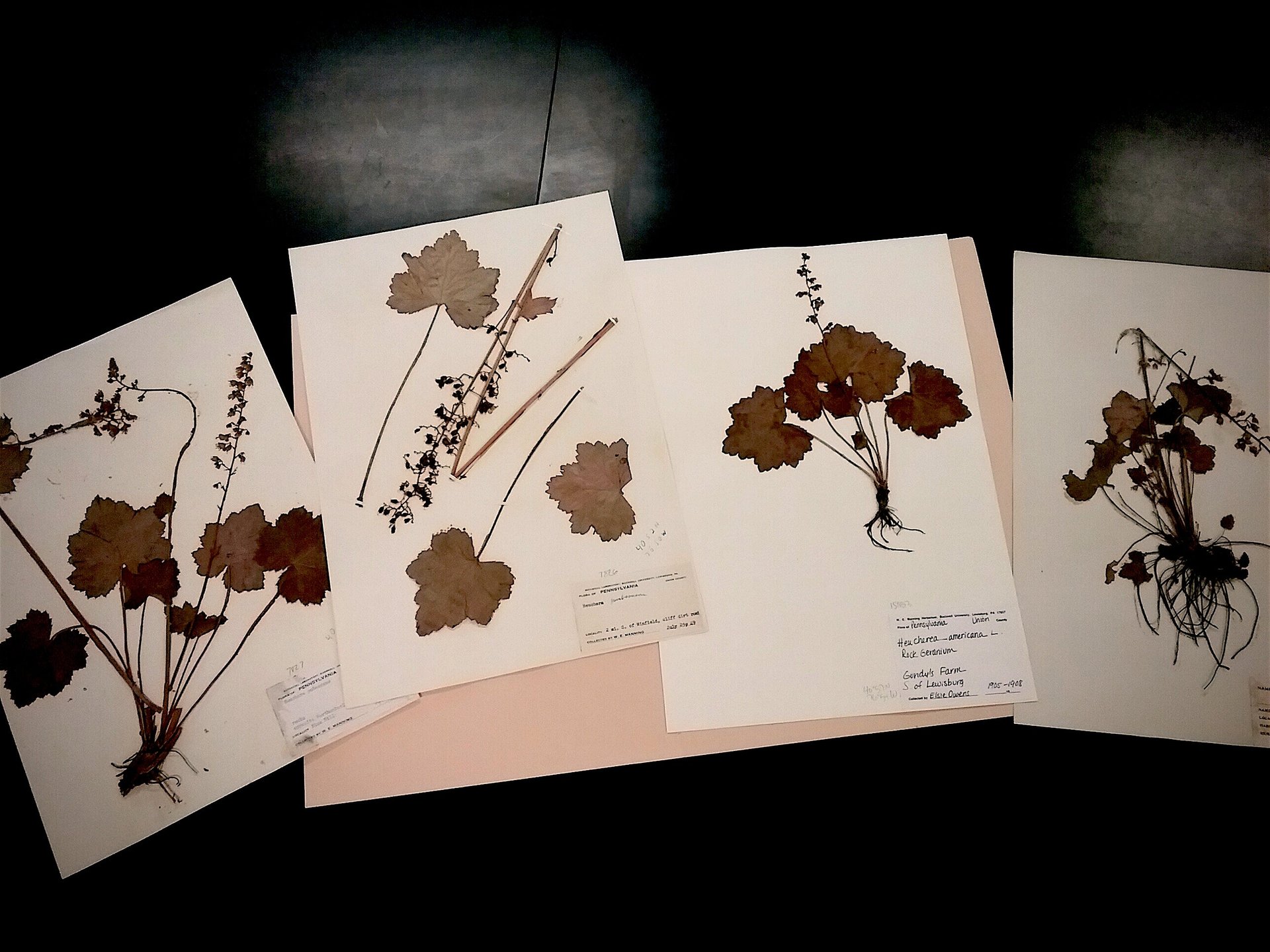Botany Twitter just helped discover a rare plant clinging to a cliff in Pennsylvania
Last year, while surveying a cliff for plants in a Pennsylvania state park, a botanist at Bucknell University took a photo with his phone and tweeted it. In plain English, it said: “Bumblebee on American alumroot, Shikellamy Bluffs, PA. #the study of seasonal natural phenomena #pollinators #flowers.”


Last year, while surveying a cliff for plants in a Pennsylvania state park, a botanist at Bucknell University took a photo with his phone and tweeted it. In plain English, it said: “Bumblebee on American alumroot, Shikellamy Bluffs, PA. #the study of seasonal natural phenomena #pollinators #flowers.”
The botanist, Chris Martine, thought he and his team were looking at a pleasant and quite common wildflower. No big deal.
But they were actually looking at an extremely rare wildflower. Enter Ryan Folk, a researcher at the Florida Museum of Natural History, who slid into Martine’s Twitter mentions:
This wasn’t a regular American alumroot; it was a white alumroot! Martine brought Scott Schuette, a botanist with the Western Pennsylvania Conservancy, into the conversation:
Schuette confirmed that this could be big: White alumroot are essentially to alumroot what white tigers are to tigers. The wildflower is considered globally imperiled. Only 1,500 plants exist in the wild, grouped in 23 populations that are tucked into mountain sides in Virginia and West Virginia. Of those 23 groups, fewer than 15 are considered likely to survive long-term, due to housing developments and their unlucky locations along places where they’re likely to be trampled. In other words,
Martine did what botanists do: He consulted herbarium specimens, in this case ones held at the Bucknell University herbarium. Herbarium specimens are cuttings of plants that have been dried and affixed to sheets of preservation paper, and stored in special vermin-proof cabinets. They’re an extraordinarily analog relic of a far less technological time for science, but they’re still indispensable to the discipline. Botanists can go back to a herbarium specimen that’s nearly a century old, for example, and verify that a plant is what they think it is for sure. They often serve as the “holotype” of a species, meaning the specimen against which all other potential members of that species can be compared. A botanist can even take a DNA sample of a many-decades-old herbarium specimen if it has been preserved properly. Sometimes, herbarium specimens are all the botany world has left of an extinct species.
In this case, the herbarium specimen confirmed it: This was definitely white alumroot, growing in a place it had never been recorded growing before. Martine also found four herbarium specimens, dated between 1905 and 1949, all taken from the cliffs at and around Shikellamy State Park. They’d all been incorrectly identified as different members of the alumroot family—when in fact they were all white alumroot, too. The plants had been growing right where they found them for at least 100 years.

Fast forward a year, and the entire botanist population on that Twitter thread got together and published a paper. Martine, Schuette, and Folk, along with San Francisco State University botanist Jason Cantley, wrote in the journal PhotoKeys that local botanists had been misidentifying white alumroot for decades. Since the initial discovery, they found seven more clumps of white alumroot growing in Pennsylvania, which they described as “a significant range expansion for this rare species.”
Everyone on botany Twitter was quite chuffed by the outcome. It was a new discovery, and their own special corner of science Twitter had made it happen.